Whale Sharks – Gentle Giants of the Ocean
Meet the Whale Shark
Whale sharks are some of the most extraordinary creatures to ever roam the oceans. Despite their massive size—and the word “shark” in their name—they’re calm, peaceful, and completely harmless to humans. In fact, they’re the largest fish in the world, but they feed on some of the tiniest organisms in the sea!
Let’s take a deep dive into the world of these spotted sea giants and explore what makes them so unique.



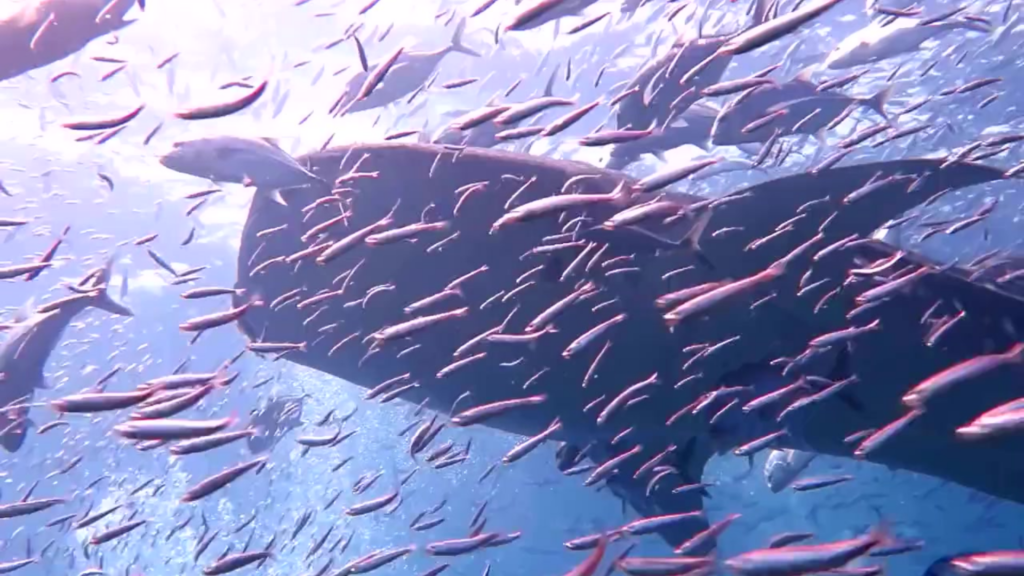
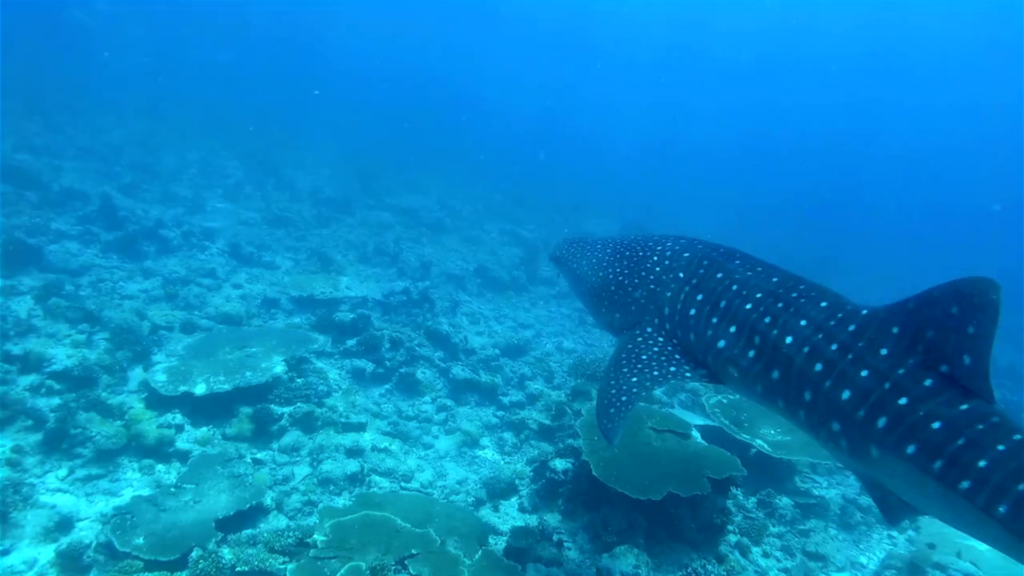

Habitat
Whale sharks thrive in warm, tropical waters across all the major oceans—the Atlantic, Pacific, and Indian. They’re typically found in coastal areas near the equator, where plankton blooms are abundant.
These gentle giants are also highly migratory, often traveling thousands of miles each year in search of food. Famous feeding spots include:
- Ningaloo Reef, Australia
- Yucatán Peninsula, Mexico
- The Philippines
Whale sharks are also known for their deep dives—sometimes over 6,000 feet below the surface!
Size & Traits
On average, whale sharks grow to around 40 feet long, but the largest ever recorded stretched over 60 feet—that’s longer than a school bus! They can weigh as much as 20 tons.
Despite their size, their throats are only the size of a quarter, so they couldn’t swallow large prey—even if they wanted to.
They have smooth, spotted skin with a checkerboard-like pattern that is unique to each individual, like a fingerprint.
Diet & Feeding Behavior
Whale sharks are filter feeders, which means they swim with their mouths open and let food-rich water flow in. Inside, they use gill rakers to trap plankton, fish eggs, krill, and small fish.
They use two main feeding methods:
- Ram filtration – swimming forward with an open mouth
- Suction feeding – actively gulping in water and filtering it through their gills
Watching them feed is like watching a slow-moving, underwater vacuum cleaner—gentle and totally mesmerizing.
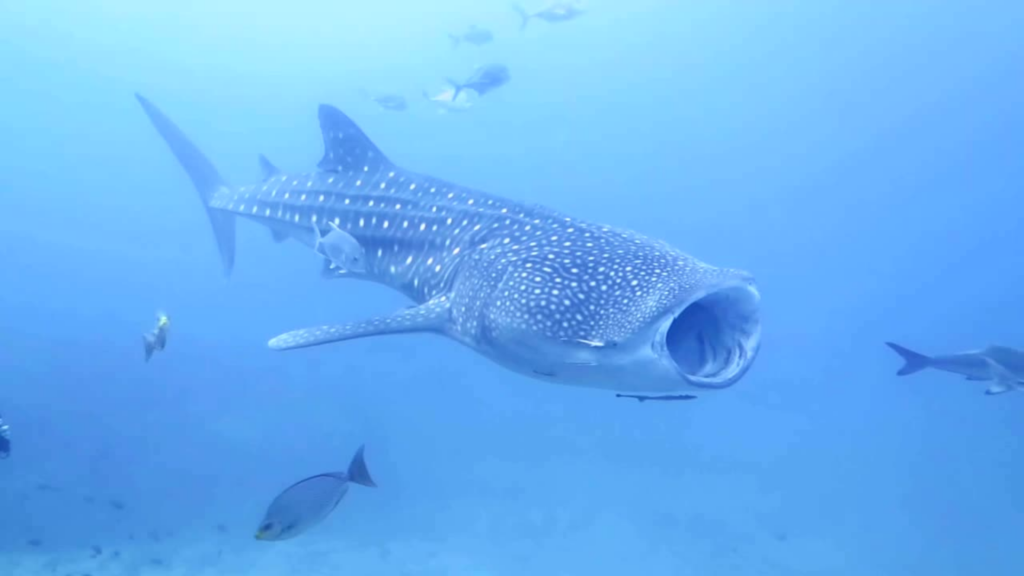

Lifespan & Growth
These giants grow slowly but live long lives. Scientists estimate that whale sharks can live between 70 to 100 years, with some possibly living even longer.
They reach sexual maturity between 25 to 30 years old, which is quite late compared to other animals. But once mature, they begin a whole new chapter—reproduction.
Reproduction & Babies
Whale sharks are ovoviviparous—meaning the eggs hatch inside the mother, and she gives birth to live pups. One remarkable discovery came from a pregnant female found near Taiwan—she was carrying over 300 embryos at once!
It’s believed she fertilized eggs gradually, allowing pups to develop at different stages. When born, baby whale sharks (called pups) are around 16 to 24 inches long and fully independent from day one.
Senses & Adaptations
Despite their small eyes, whale sharks are well-equipped for life at sea. Their eyes are protected by dermal denticles—tiny tooth-like scales that act like armor—and they can roll their eyes backward to shield them when needed.
They also have:
- A powerful sense of smell
- Electroreception (like other sharks, to detect electrical signals)
- A lateral line system that helps them detect vibrations in the water
These features help them thrive, even in murky or deep ocean environments.
Behavior & Social Structure
Whale sharks are typically solitary, calmly cruising through the oceans on their own. However, they sometimes gather in large groups during feeding seasons, drawn together by plankton blooms or spawning events.
They don’t display aggression and are known to be curious around divers—but always remember to observe from a respectful distance.
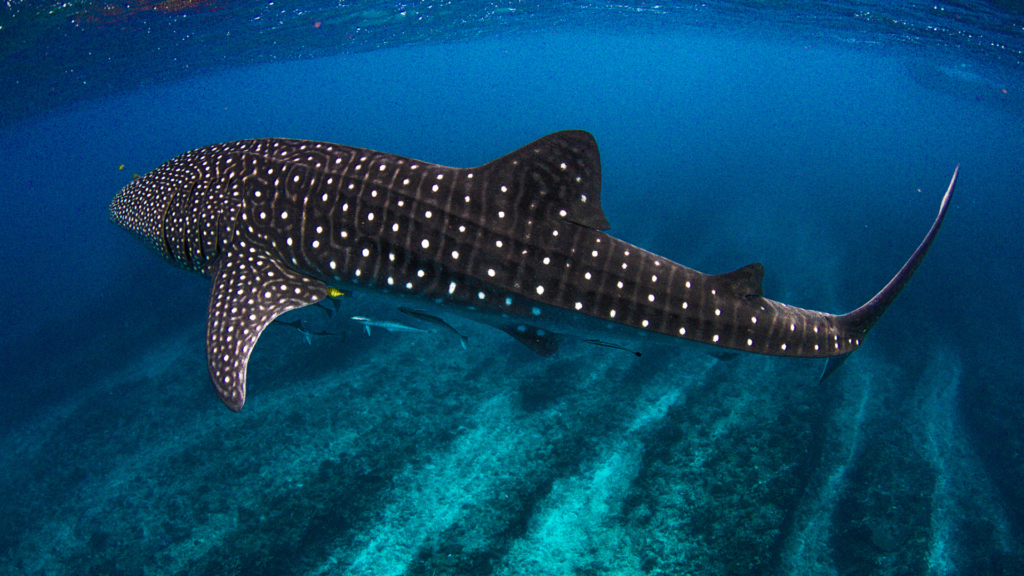
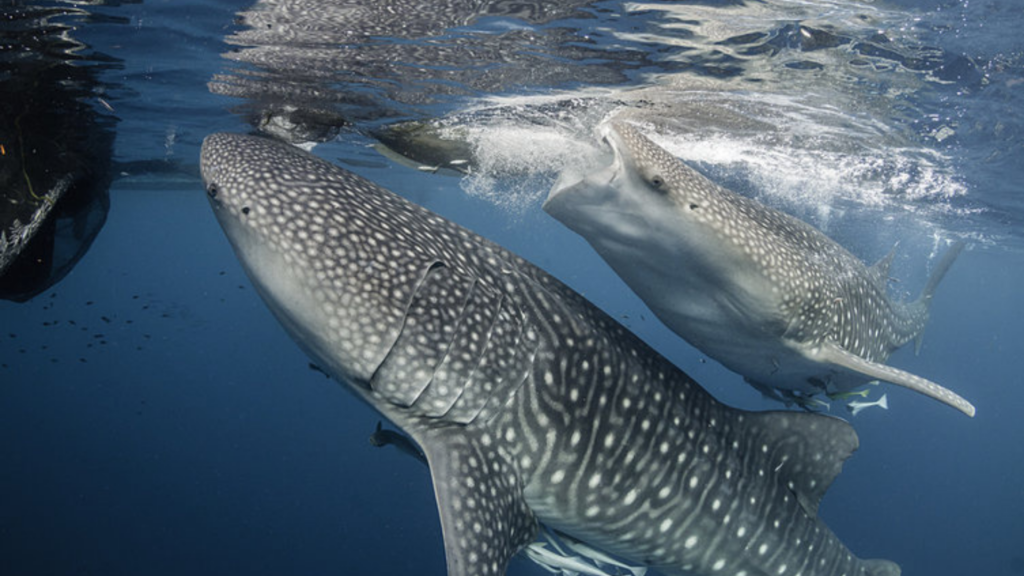
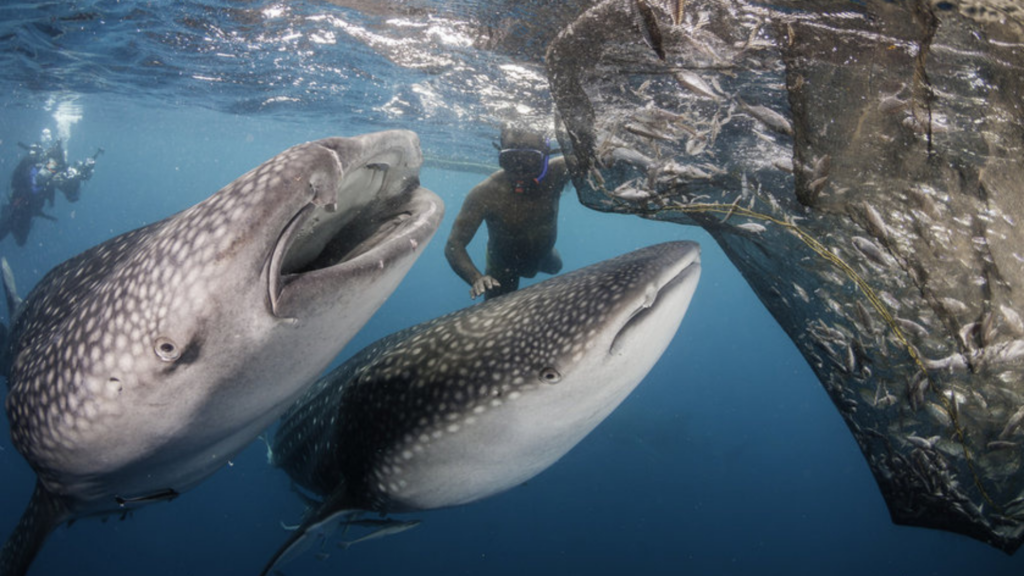
Fun Facts About Whale Sharks
🐋 Whale sharks are the largest fish in the world!
🌎 Each has a unique spot pattern, like a fingerprint.
💧 They can filter thousands of gallons of water per hour.
🦷 They have over 3,000 tiny teeth, but don’t use them to eat.
🎂 Whale sharks can live 70–100+ years.
👶 Some females have carried 300+ pups at once!
👀 Their eyes have armor plating and can roll backward.
About Whale Sharks
Scientific Family: Rhincodontidae
Species: Rhincodon typus
Habitat: Warm tropical oceans near the equator
Diet: Plankton, fish eggs, krill, small fish
Lifespan: Estimated 70–100+ years
Unique Traits: Massive size, fingerprint-like spot pattern, armored eyes, filter-feeding
Social Structure: Mostly solitary, occasional large group gatherings
Fun Fact: Despite their size, their throats are only the size of a quarter!
Why We Love Them
Whale sharks are living proof that not all sharks are scary. These peaceful ocean giants inspire wonder with their sheer size and gentle nature. They glide gracefully through the water, filtering food and captivating everyone who sees them.
We love them for reminding us that even the biggest creatures can have the softest impact—and for the way they connect us to the vast, beautiful mystery of the sea.
Conclusion
From their massive size and peaceful presence to their armor-plated eyes and 100-year lifespans, whale sharks are truly ocean legends. They’re a cornerstone of marine ecosystems and a symbol of the awe-inspiring life hidden beneath the waves.
🐋 Want to see these gentle giants in action?
📺 Watch our full Whale Sharks video on YouTube and discover even more amazing facts!
Let us know your favorite whale shark fact in the comments—we’d love to hear from you! 💬
#whaleshark #gentlegiants #marinelife #largestfish #oceananimals #wildlifeeducation #sharkfacts #bearbunk #sealife #amazinganimals #naturevideos #animalfacts
More on Creatures of the Sea
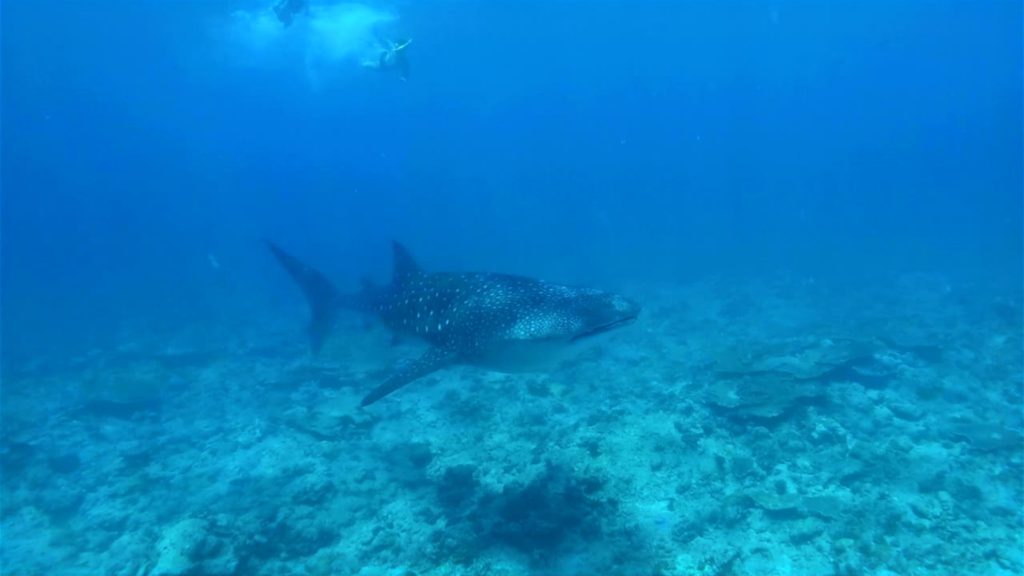











Leave a Reply